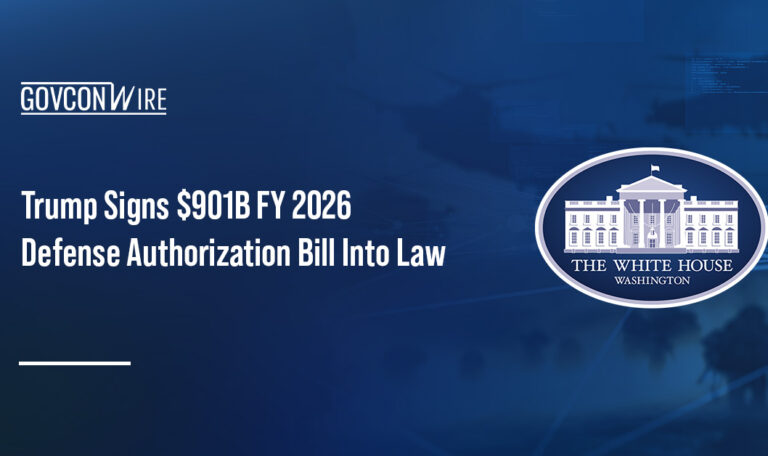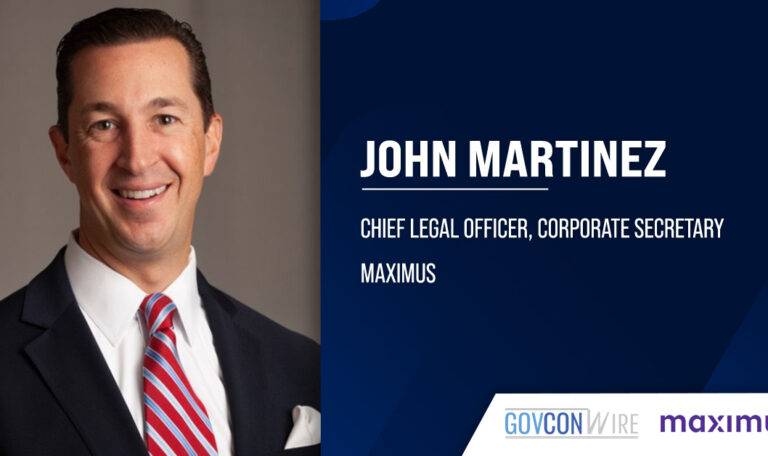Modernization and digital transformation are linchpins of today’s GovCon landscape. As new technologies emerge, existing ones evolve and missions shift, the public sector is looking to industry more and more to help bring the U.S. government into the modern era and poise our military forces for technological dominance. Firms like Client Solution Architects are doing just that.
CSA, a digital transformation and IT services consulting firm, acquired Capstone and received an investment from Blue Delta Capital Partners in July 2021. Now, as CSA continues its expansion of federal IT services, the firm is focusing on taking advantage of existing contract vehicles, adding capabilities to its portfolio and supporting its customers’ most critical missions.
Tim Spadafore, CSA’s new chief operating officer, has extensive experience in enterprise IT, enterprise resource planning and helping his customers transition from legacy systems to newer, more advanced platforms. He joined CSA in July, and GovCon Wire recently spoke with him about his transition to the mission-focused organization.
Read below to see what Spadafore has to say about the challenges of digital transformation, the importance of building trust with customers and the major GovCon market shifts he’s seen throughout his career thus far.
GovCon Wire: Congratulations on your new role as chief operating officer at Client Solution Architects! What attracted you to the company, and what do you hope to accomplish in the role?
Tim Spadafore: “When I looked at the opportunity, I was actually talking to a couple of other firms and heading down a different path. Blue Delta Capital reached out to me and asked if I would be interested in having a conversation with Amy Bleken. I have known the Blue Delta team for a number of years, and I’m always interested in the opportunity for a conversation. Amy and I just hit it off! We have similar backgrounds and ran similar positions with CGI. It was a good way to connect, and we just had a lot of rapport right off the bat. Then, taking a closer look at the organization, I could see that it had a really strong leadership team in place, and I felt we were going to work really well together.
We have a very strong delivery organization, and we are mission-focused, which is a little different for me. My background is primarily in enterprise IT and ERP (enterprise resource planning), but here, it really is about the mission, supporting our military and making sure that we can help them be as effective as possible as warfighters. As I look at the organization from the inside out, what have we accomplished, and where do I think we can go? We have a very strong reputation with our customers. We’ve built a lot of trust with our customers and I want to be able to help them move into the next phase of their systems evolutions, be it enterprise IT, training or cyber.”
GCW: What are some of the key challenges you see as you help federal customers transition from legacy products to emerging software platforms, and how do you help customers solve those challenges?
Spadafore: “Trust is the most important thing. 55 percent of our employees are veterans. We have retired military that have been working with these customers for a long period of time, so they’ve built that trust. We’re also active in our local communities, which I think is important.
The biggest challenge though is that a lot of these legacy systems that we’re supporting today are highly customized and built specifically for their unique needs. So the change management component has to be a focus. The business process reengineering also has to be there. But I think the more important factor is really engaging with the customers early on in the user design phase to make sure we’re meeting their needs. I’ve seen systems fail when we don’t do that upfront analysis of ‘What do you want this system to be?’ It tends to go sideways very quickly because you don’t have the customer buy in to what you’re trying to accomplish.
Another key element is transparency. I’m a very transparent person, and I’m completely honest with my customers, whether they like what I am telling them or not. But I think that helps build trust, and they appreciate me for that transparency.”
GCW: You work a lot with emerging technologies, especially in the enterprise IT space. What emerging technologies do you find most exciting or anticipate to be most impactful for CSA’s customers in the next few years?
Spadafore: “I think platform services is going to continue to play a role with our customers’ modernization goals. The various platform services products offer flexibility and the ability to put more capability in our customer’s hands — they can design their own apps once they’re given that foundation, and that’s something that we’re looking at. We do have a strong cyber footprint, so we focus on helping our customers with their security needs as they evolve. We want to continue making sure that they can mature their capability.
We still have a good number of customers using legacy systems, still doing traditional waterfall, and there has been some resistance to change within pockets of the customer base. So we’re doing things like agile coaching, partnering with our customers and working side-by-side with them. I think we can do that more effectively just given the expertise we have in legacy information. Helping our customers with that transformation journey is going to be really important for CSA as we look to the future.
Technology is going to play such a big role in the modern battlefield, and that’s where our training expertise can really come into play as we help our customers with various training-based needs across the battlefield spectrum, specifically LVC — that’s a big area I think we’ll be looking at in the future.”
GCW: What can you tell me about CSA’s expansion strategy? What new markets or capabilities does the company have its eye on?
Spadafore: “Today, we already have a number of contract vehicles and IDIQs that we haven’t taken advantage of. A lot of those are related to our customers, particularly with the Army and the Navy. We have the vehicle and we just haven’t executed on it.
As we transform the delivery organization, the growth organization, the focus is going to be on taking advantage of those vehicles. We will continue to focus on the mission of our customers, which is very important for us.
From a merger and acquisition standpoint, we will look for tuck-ins to expand our capability or to add a capability that we may not have today, where we have to rely on subcontractors.”
GCW: How has the GovCon market changed since the start of your career, and what advice would you give someone entering your industry today?
Spadafore: “What I’ve seen over the last 20 plus years is that M&A activity has been more predominant than I ever expected it to be. Large companies have merged and combined, and a lot of small businesses have been merged. Then you bring private equity into the equation, which has created a lot of platform companies. I think what it has done in many ways is reduced competition. When you look at the Department of Defense and DOD contractors, the total number of prime awardees has decreased each year in terms of the number of companies performing the services. I think that’s a fact of consolidation.
Mid-market companies like us have some real challenges and we do have some headwinds in front of us because there’s not a mid-size category in terms of competing. When we compete, we’re competing with very large organizations, and that can make it challenging for us. That’s where M&A comes in. There has been a much more focused push on small business set aside work as well. So for us, it has been critical to find really good partnerships within the cadre of small businesses we trust and rely on to work with.
From an advice standpoint, I think the biggest thing I would say is to accept every opportunity presented to you. I never said ‘no,’ even if I didn’t know what the opportunity would present to me, and that has allowed me to achieve a lot of cool things. But it also helps you figure out what you want to do as your career. It might be staying in the government, but it might be realizing ‘Hey, this isn’t for me,’ and exiting.”















